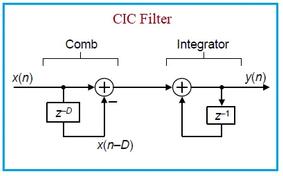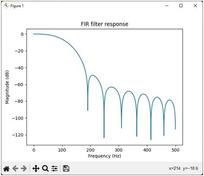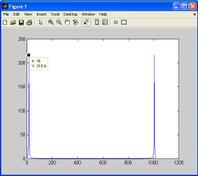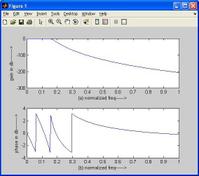Active vs. Passive Filters: A Detailed Comparison
Advertisement
Filters are fundamental in electronics for shaping signals, reducing noise, and selecting specific frequencies. They fall into two main categories: active and passive. Active filters use active components like op-amps to boost the signal, while passive filters rely solely on passive components like resistors, capacitors, and inductors to reduce unwanted frequencies.
Understanding the differences between these filter types is key to designing effective signal processing circuits for various applications. This guide provides a comprehensive comparison of active and passive filters, highlighting their respective advantages and disadvantages.
What is a Filter?
A filter is a circuit that modifies the amplitude and phase of an input signal to produce a desired output. It selectively attenuates or eliminates certain frequencies while allowing others to pass through. This selective filtering is achieved by providing different levels of attenuation to different frequencies.
Based on the components used in their construction, filters are classified as either active or passive.
Active Filters
Active filters utilize active components, primarily operational amplifiers (op-amps), in conjunction with resistors (R) and capacitors (C). This combination gives them the “active” designation.
 Figure 1: First Order All-Pass Active Filter
Figure 1: First Order All-Pass Active Filter
Advantages of Active Filters
- No Resonance Issues: Active filters don’t suffer from resonance problems like their passive counterparts.
- Harmonic Elimination: They can effectively eliminate unwanted harmonics in a signal.
- Voltage Regulation: Active filters can be used for voltage regulation purposes.
- Reactive Power Compensation: They can provide reactive power compensation.
- Reliable Operation: Active filters generally offer reliable performance.
Disadvantages of Active Filters
- Expensive: Active filters are generally more expensive due to the cost of the active components.
- Complex Control Systems: They often require complex control systems for optimal operation.
Passive Filters
Passive filters are constructed using only passive components: resistors (R), inductors (L), and capacitors (C).
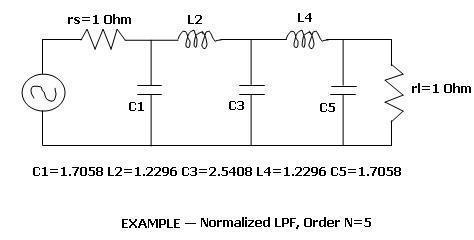 Figure 2: Normalized passive filter of order five and Lowpass type
Figure 2: Normalized passive filter of order five and Lowpass type
Advantages of Passive Filters
- Cheap: Passive filters are typically much cheaper than active filters.
- Reliable: With fewer components, they are generally very reliable.
- Easy Design: The design of passive filters is relatively straightforward.
- High Efficiency: They offer high efficiency due to the lack of power consumption in the filter itself.
Disadvantages of Passive Filters
- Resonance Problems: Passive filters can suffer from resonance issues.
- Tuning for Fixed Frequency: Tuning can be required to optimize them for a specific frequency.
- Fixed Reactive Power Compensation: Reactive power compensation is typically fixed.
- Large Size: Inductors can be bulky, making passive filters larger in size.
Active vs. Passive Filters: A Detailed Comparison
| Parameter | Active filter | Passive filter |
|---|---|---|
| Components | Uses active components (e.g., op-amps, transistors). | Uses only passive components (resistors, capacitors, inductors). |
| Gain | Can provide signal amplification. | Cannot amplify; only attenuates signals. |
| Power Supply | Requires an external power supply. | Does not require power; operates passively. |
| Design Complexity | More complex in design and implementation. | Simpler design and easier to implement. |
| Frequency Response | Sharper cutoff frequencies and steeper roll-off. | More gradual roll-off characteristics. |
| Cost | Generally more expensive due to additional components. | Typically lower cost due to fewer components. |
| Flexibility | More flexible in design, allowing for various filter types. | Less flexible; limited to simpler filtering functions. |
| Reliability | May be less reliable due to more components. | Generally more reliable due to fewer components. |
| Applications | Used in audio systems, telecommunications, and data acquisition. | Common in RF applications, audio equipment, and simple circuits. |
Conclusion
Both active and passive filters have their own unique strengths and weaknesses, making them suitable for different signal processing applications. Active filters provide greater control over frequency response and can amplify signals, but they are more complex and require power. Passive filters offer a simpler and more cost-effective solution but cannot amplify signals and can be bulky.
The choice between active and passive filters should be based on the specific filtering requirements, power availability, cost constraints and overall application demands.
Advertisement
 RF
RF
